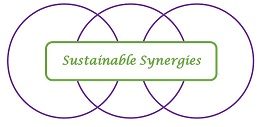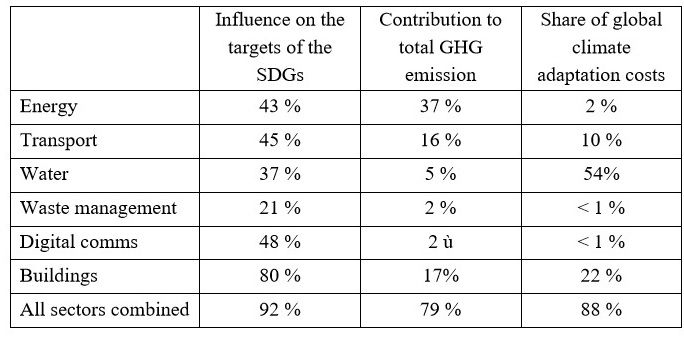According to the European Environmental Agency (link), textiles have on average the fourth highest negative life cycle impact on the environment and climate change, after food, housing and mobility, The yearly quantity of textile wastes generated in the EU amounts to approximately 7 million tons. The graph below (source EEA) present the estimated annual consumption (production + import – export) of of clothing, footwear and household textiles per inhabitant in the EU.




